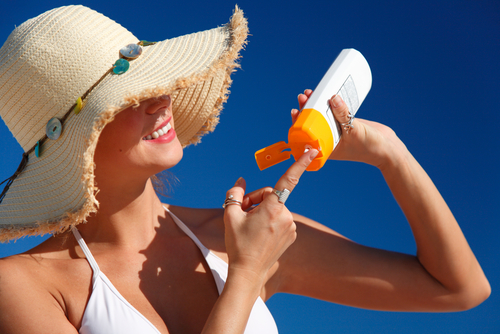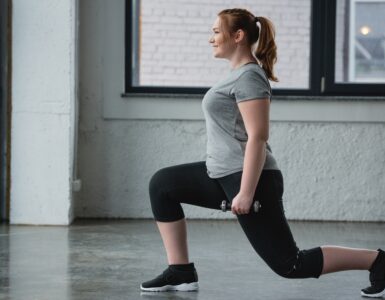Lindsay Spear with Taylor Drug Health Mart Pharmacy in American Frok, stops by Studio 5 to “shed some light” on the subject.
Sunblock vs. Sunscreen
Sunblocks (physical sunscreens) are opaque formulations which absorb, reflect and scatter up to 99% of both UV and visible light. Because they are messy and may stain clothing, sunblocks are often used on such sun-sensitive areas as the nose, lips, ears and shoulders. Examples of ingredients in sunblocks are zinc oxide and titanium dioxide.
Sunscreens (chemical sunscreens) absorb specific wavelengths (range of 200-400 nm) and are classified as drugs by the FDA because they are “…intended to protect the structure and function of the human integument against actinic damage.” Sunscreens are considered more cosmetically refined due to their pleasing consistency and are, therefore, typically used over a prolonged time for effective photoprotection.
What’s the difference between sunblock and sunscreen?
Sunblocks are physical sunscreens that physically deflect the suns rays.
They are opaque, absorb and reflect light, can scatter up to 99% of UV rays and visible light. But they can be messy and stain clothing. Sunblocks are used on nose, lips, ears and shoulders and the ingredients used are zinc oxide and titanium dioxide. However, recently newer sunblock preparations, such as micronized titanium dioxide are less conspicuous on the skin and offer substantial UVA and UVB protection.
Sunscreens are chemical sunscreens and chemically absorb UV rays.
Sunscreens absorb specific UVB rays effectively and new ingredients like octylcrylene, the benzophenones and avobenzones work to screen a variety of UVA rays. They are also classified as drugs by FDA, are more cosmetically refined and newer formulas work on variety of UVA rays
Does SPF tell how well a product blocks UVA or UVB rays?
SPF 15 blocks 93% of the sun’s rays. SPF 30 blocks 97%. The American Association of Dermatology (AAD) recomends that a ‘broad spectrum’ sunblock with an SPF of at least 15 that is applied daily to all sun exposed areas, then reapplied every two hours. However, in some recent clinical trials, sunblocks with SPF 30 provided significantly better protection that sunblocks with SPF 15. There, at UCSF, they recommend sunblocks with SPF of at least 30 with frequent reapplication.”
How much sunscreen should be used and how often?
Here’s a “Rule of Thumb”: Use one ounce every two hours. You should also apply to dry skin 15-30 minutes before going outdoors and cover up when possible. Also remember that even when it says “water resistant”, it loses its effectiveness after 80 minutes in the water. You should also cover up whenever possible.
Here are some quick tips for children and sunscreen
• Set a good example. Parents and caregivers should protect their own skin every day all year long by applying moisturizers or sunscreens with at least a sun protection factor (SPF) of 15. Even on cloudy days up to 80% of the sun’s harmful rays reach earth
• Use plenty. The average child requires one-half ounce (oz) of sunscreen for adequate total body coverage.
• Spray forms are fun for children and are quickly applied to large areas of the body. Lotions work best on the face.
• Avoid use on infants six months and younger as sunscreens may irritate baby skin. Care should be taken to totally avoid sun exposure during this period.
• Pack sunscreen in children’s lunch box or book bag. Ask them to use again before going outdoors for recess or lunch.
Some tips in this article provided by www.suncarepro.com
For more information visit Taylor Drug Health Mart Pharmacy in American Fork at 76 North 1100 East or call (801) 756-4021 or check out the Health Mart Pharmacy nearest to you.















Add comment